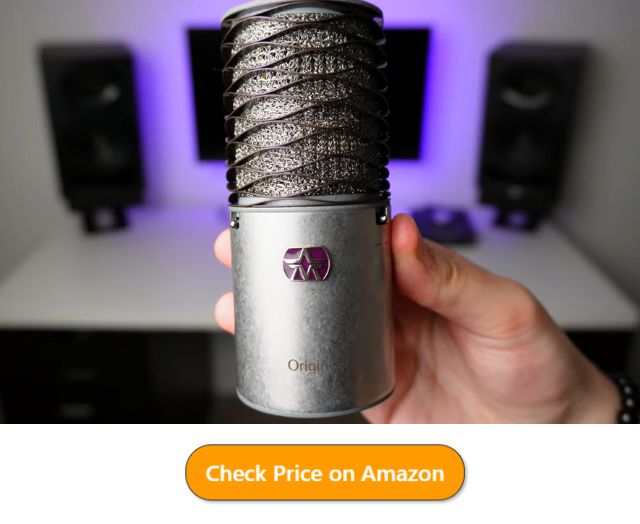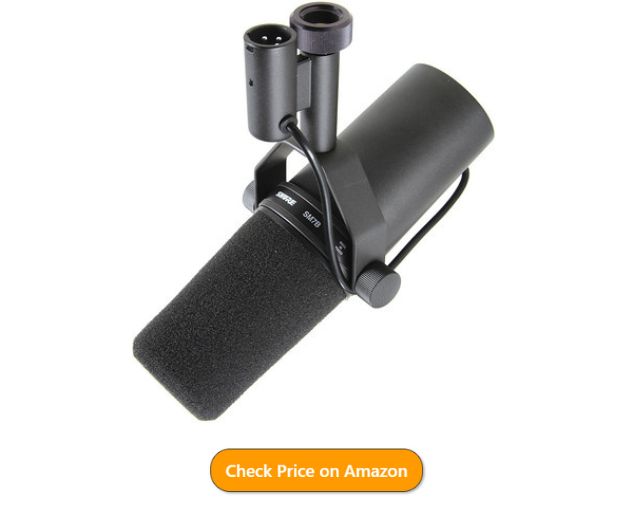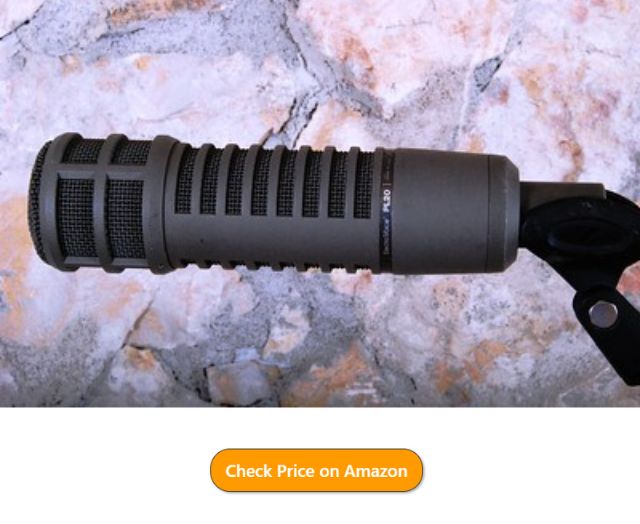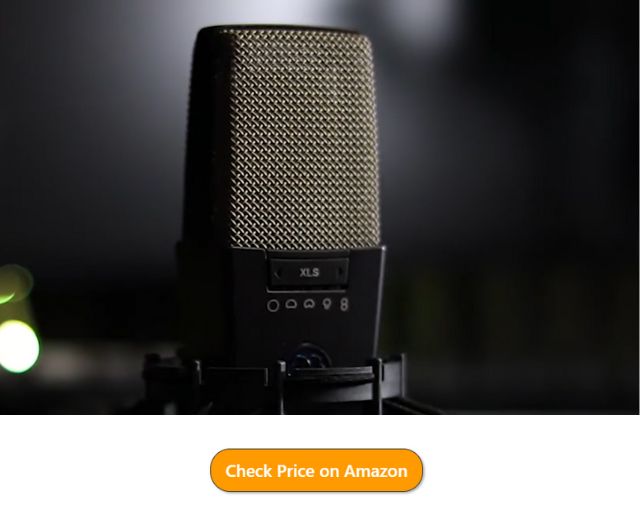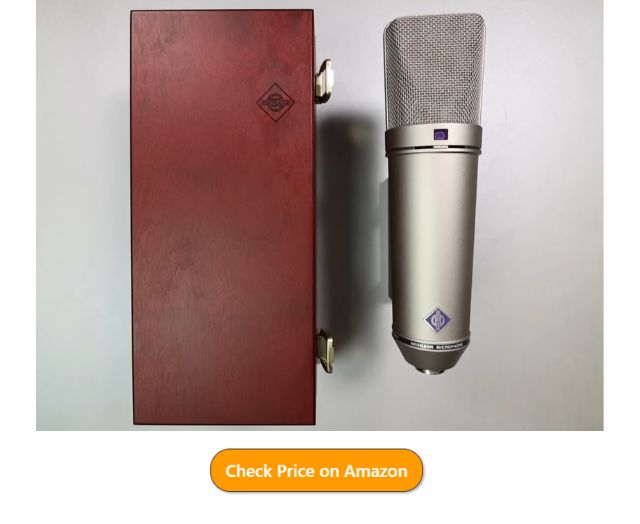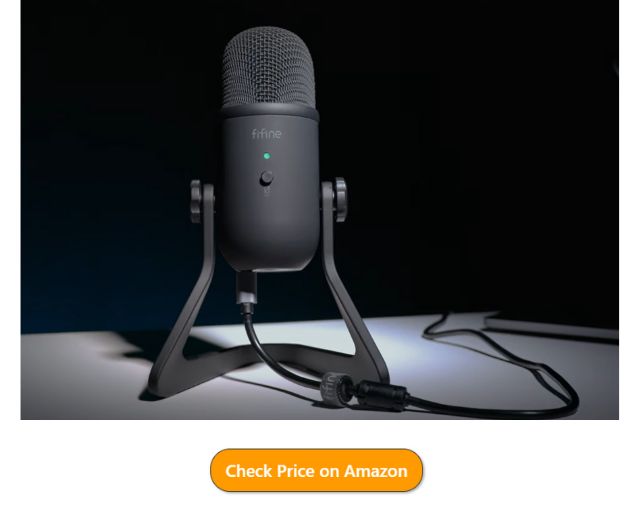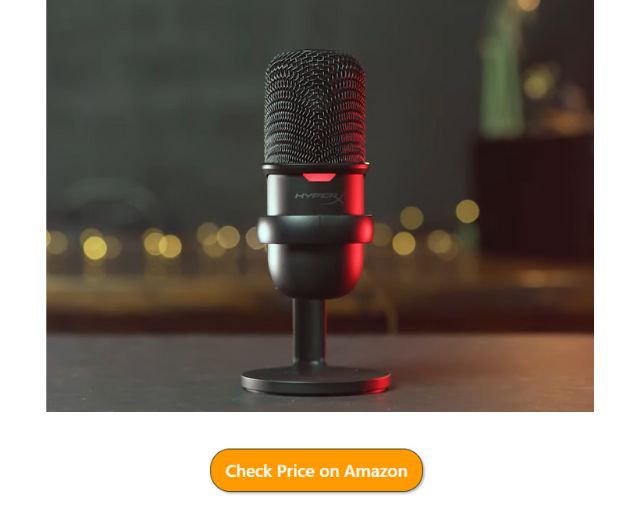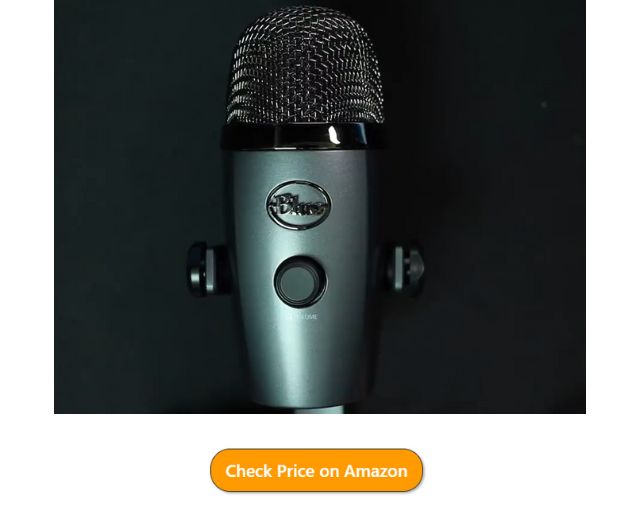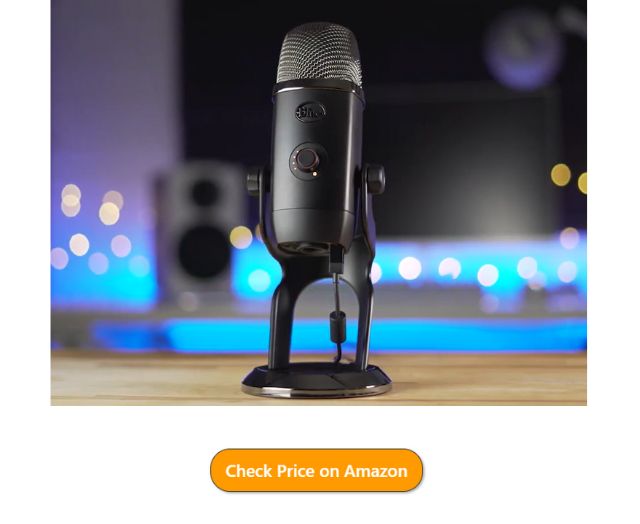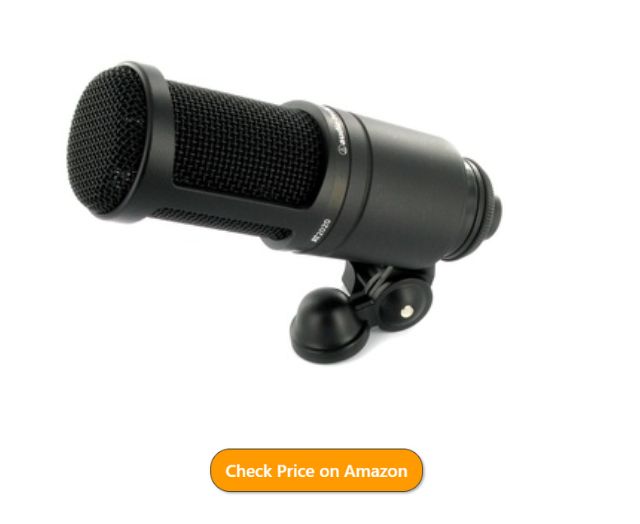BecomeSingers is reader-supported. When you buy through links on our site, we may earn an affiliate commission. Learn More
If you’re looking for a new microphone to use for recording, then this guide is for you. I have over 10 years of experience working with mics, from using them at home to recording in some of the top studios worldwide.
When it comes to choosing microphones, it can be a difficult task with so many to choose from. If you don’t know much about microphones then it can be daunting at first.
I’ve written this guide to show you the best microphones for recording, and to explain the different types and what their best situation for use is.
Related: List of Essential Home Recording Studio Equipment.
Table of Contents
What makes the microphones good for recording?
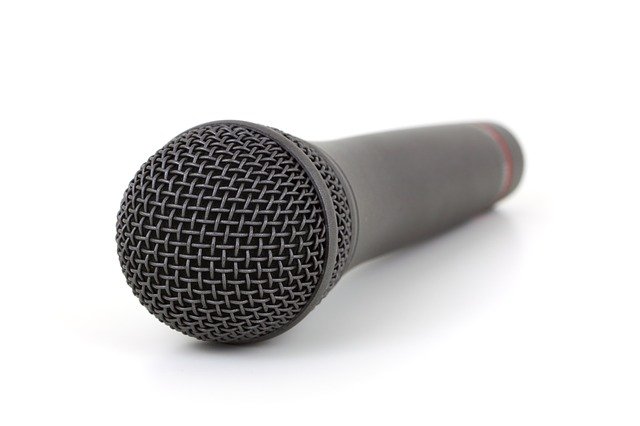
To find the best microphone, you should understand what the scientific difference is between the good and bad ones.
The first main difference comes from the capsule itself. This is the electro-mechanical component that converts acoustic energy into an electric signal. These are very sensitive parts of the mic and are responsible for a huge amount of the resulting quality. Cheaper capsules tend to be made with less detail, and this produces a lower level of final quality.
The second area of importance is the body of the mic itself. Because the capsule is so sensitive, any vibrations picked up by the body of the mic are passed into the recording. Better mics tend to have sturdier bodies or some system of isolating the body from its stand. This results in a cleaner output with less interference. Cheaper mics tend to use plastic for their body, which ends up being more prone to annoying bumps.
Types of microphones

There are actually two types of mics that can be used for recording, either USB or XLR.
USB microphones can be plugged directly into your PC and will work without any other equipment.
XLR mics need an audio interface to work with a computer, although generally offer better sound quality and are more flexible. For the most professional sound, you should use an XLR Microphone with an interface,
Another distinction is Condenser vs Dynamic microphones. Dynamic mics are the most common, their defining characteristic is the ability to work with louder sounds, although they are less sensitive and produce less detail. Condenser mics are different, they have a much more sensitive capsule, although require a source of 48v phantom power to work.
Condensers are better for recording delicate, detailed sounds like the human voice, whereas dynamic mics are better for loud situations and instruments.
Best recording microphones brands
There are a lot of mic brands out there, some are fantastic and others are not so good. This shortlist covers the most recommended and well-known brands for high-quality microphones.
- Shure
- Se Electronics
- Audio Technica
- Rode
- Aston
- Electro-Voice
- AKG
- Neumann
Kindly find the best recommended products from each of the above mentioned brands in the table below.
Product Table
| Product | Connector Type |
| Shure SM57 | XLR |
| Shure SM58 | XLR |
| sE Electronics – X1 Series | XLR |
| Audio-Technica AT2005USB | XLR/USB |
| Aston Origin | XLR |
| Rode NT1 | XLR |
| Shure SM7B | XLR |
| Electro-Voice RE20 | XLR |
| AKG Pro Audio C414 XLS | XLR |
| Neumann U 87 Ai Set Z | XLR |
| FIFINE USB Podcast Microphone | USB |
| HyperX SoloCast | USB |
| Blue Yeti Nano Premium | USB |
| Blue Yeti X | USB |
| Audio-Technica AT2020USB+ | USB |
Top 10 XLR Microphones
The first 10 mics use XLRs, which mean you will need an audio interface to record them to your computer. See the next section for USB mics, which can be plugged directly into your PC for recording.
Shure SM57
The Shure SM57 is one of the most classic instrument mics around. These are found in absolutely every recording studio and are probably used in most albums. They have a clean response, and are a wide rejection range, meaning you only capture the sound you want with low background noise.
They don’t have the super detail of more expensive condenser mics, however, they are durable, affordable, and still have a fantastic sound. This studio recording microphone is ideal for beginners and pros alike.
Details
- Type – Dynamic
- Polar Patterns – Cardioid
Pros & Cons
- Durable
- Affordable
- Limited audio quality
Shure SM58
The SM58 is another industry standard microphone. Despite being low cost, these are fantastic sounding dynamic vocal microphones. Funnily enough, rock legend Ozzy Osborne is known to use these when recording albums, despite having access to the world’s best mics that cost over 20x the price!
These are fantastic for vocals and are recommended for live performance as they have fantastic rejection too.
Details
- Type – Dynamic
- Polar Patterns – Cardioid
Pros & Cons
- Ideal for vocals
- Perfect for stage use
- Affordable
- Lacks detail compared to condensers
sE Electronics – X1 Series
Overview
This is another affordable entry-level mic. This offers an increased level of functionality and flexibility, with a filter switch and changeable patterns. This is a large-diaphragm condenser, so it’s more sensitive than the two mics above, and offers increased detail.
The increased sensitivity is a double-edged sword, as whilst it gives you more detailed recordings, it also requires better acoustic conditions for the best results.
Details
- Type – Condenser
- Polar Patterns – Switchable
Pros & Cons
- Flexible switching
- Detailed sound
- Sensitive (good and bad)
Audio-Technica AT2005USB
Overview
Audio Technica is another well-known microphone manufacturer if you’re specifically looking for a decent dynamic mic.It has smooth, extended frequency response that’s perfect for podcasting, home studio recording, field recording, voiceover, and on-stage applications. You can monitor straight from your microphone thanks to the built-in headphone port.
Inline 0 latency monitoring has also proven to be a very useful feature. It has a better sound than a lot of other mics. As it’s a dynamic mic, the effect of background noises is much more predictable and easy to avoid.
Details
- Type – Dynamic
- Polar Patterns – Cardioid
Pros & Cons
- Decent level of detail
- Great sound quality
- Flexibility to use either USB or XLR
- Lacking features
Aston Origin
Overview
The Origin is a strong entry point into the world of Aston microphones. This is a high-quality condenser mic with a wide polar pattern. It has a high-quality sound and rivals the other mics at the same price point. It might be too sensitive for some use cases, but offers a great sound for home studios.
Details
- Type – Condenser
- Polar Patterns – Omni
Pros & Cons
- Quality Aston sound
- Unique retro look
- Good value for money
- Awkward mounting
Rode NT1KIT Microphone Package
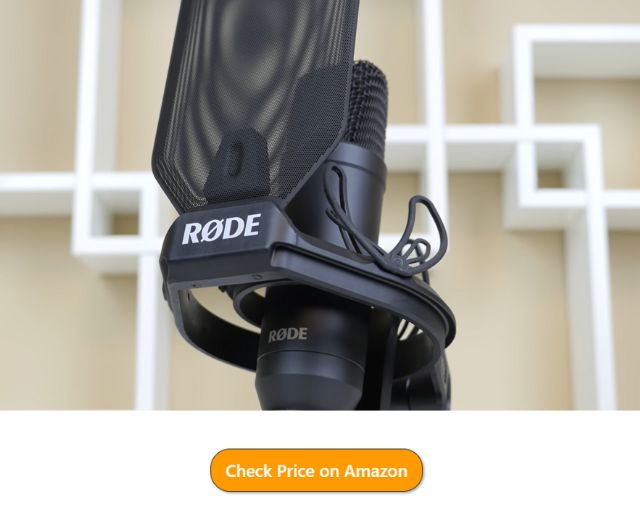
Overview
The Rode NT1 is a classic all-around condenser mic. This is a bundle kit that includes a pop shield, shock mount, and cable. These accessories help to get a cleaner sound with less interference and a smoother top end. These are great-sounding mics and are known to be a popular pick for broadcasters and musicians alike.
Details
- Type – Condenser
- Polar Patterns – Cardioid
Pros & Cons
- Strong, open sound
- Includes accessories
- Slightly overpriced
Shure SM7B
Overview
A fantastic mic for vocals, it has a smooth mid-range and clear highs. This is highly recommended for anyone looking for a strong condenser mic
Details
- Type – Condenser
- Polar Patterns – Hyper Cardioid
Pros & Cons
- Smooth detail
- Ideal for vocals
- High-quality
- Awkward mount
Electro-Voice RE20
Overview
The RE20 is a studio classic. It has a thick, warm tone that stands above many other mics. It’s perfect for deep vocal and instruments. This mic has a unique sound that attracts a lot of attention in the studio scene. It also comes with a few switchable modes and filters.
Details
- Type – Dynamic
- Polar Patterns – Switchable
Pros & Cons
- Deep, rich sound
- Ideal for instruments and vocals
- Unique tone
- Expensive
AKG Pro Audio C414 XLS
Overview
The 414 is another classic versatile studio microphone. This has a huge range of polar patterns that can be switched between, so you can get the perfect sound no matter what you are recording.
These are found in all professional studios and are one of the best recording mics under $1000. I have a tonne of experience working with these and love using them every time. Super reliable and flexible, there is nothing to fault!
Details
- Type – Condenser
- Polar Patterns – Switchable
Pros & Cons
- Wide range of polar patterns
- Top-level sound quality
- Ultra-flexible
Neumann U 87 Ai Set Z
Overview
This is one of the best mics money can buy before going boutique. Known to be the leader of high-quality mics and speakers, Neumann is a longstanding brand that is recognized across the industry as one of the leaders.
The U87 is just pure beauty. Not many mics come close in terms of quality, depth, and detail. Recordings on this mic just sound real, like you are then in the room with the performer. You can feel every nuance and subtlety of the audio being recorded. If you are lucky enough to be able to afford this mic, you should definitely buy it. They are a treat to use, having a range of polar patterns and a filter. These are truly next-level, professional microphones.
Details
- Type – Condenser
- Polar Patterns – Multiple
Pros & Cons
- Unbeatable quality
- Stunning detail
- Beautiful sound
- Expensive!
Top 5 Best USB Microphones
These mics are USB compatible, meaning they can be plugged straight into your PC and work without any additional equipment.
FIFINE USB Podcast Microphone
This is a basic USB mic ideal for podcasting and broadcasting. The quality and features are good for the price although it doesn’t have a particularly competitive sound.
The main nice features are the headphone output with volume control, mic gain control and mute button.
Details
- Type – USB Condenser
- Frequency range
- Polar Patterns
Pros & Cons
- Good controls
- Affordable
- Limited sound
HyperX SoloCast
The HyperX Solo cast is one of the best affordable mics for recording. It features a mute button and a cardioid pattern. Ideal for desktop situations. Great for use with PC gaming, or streaming on channels like youtube and twitch
Details
- Type – USB Condenser
- Polar Pattern – Cardioid
Pros & Cons
- Pro
- Pro
Blue Yeti Nano Premium
This mic is ideal for recording, streaming, gaming, and podcasting on PC or Mac. This condenser mic features a range of voice effects and has a decent sound for the price.
Details
- Type – USB Condenser
- Polar Patterns – cardioid, Omni
Pros & Cons
- Easy to use
- Good sound for price
- Strong desk mount
Blue Yeti X
A fantastic choice for anyone who needs to record their voice from a desk. Includes a volume control, and voice effects bundle. This is one of the best-sounding USB mics on the market.
Details
- Type – Condenser USB
- Polar Patterns
Pros & Cons
- Professional sound
- Great features
- Long lasting
Audio-Technica AT2020USB+ USB Mic
This USB Mic with Built-in headphone jack and volume control. This is perfect for podcasters and content creators who need a simple and effective recording solution. Audio-Technica is one of the best mic brands and for good reason, this mic is a demonstration!
Details
- Type – USB Cardioid
- Polar Patterns
Pros & Cons
- Desk mount
- Excellent sound
- Easy to use
- Reliable
How to choose the best mic for your needs
With so many mics to choose from it can be hard to pick the right one. My recommendation is to work out what your budget is and go for a mic at the top end of your budget. If you care about sound quality then you should go for something more valuable, it’s a better long-term investment.
If you only need a microphone for the purpose of having a mic, and having pro sound quality isn’t hugely important then you can pick a more affordable model. With mics, the more expensive they are, the better they sound (generally).
Also Read: Audio Interface vs. Sound Card
FAQs
What is the best microphone for recording vocals?
It depends on your setup and budget. The best low-cost option is the Shure SM58. If you can stretch your budget even more then go for the Shure SM7B, which is probably the best mic for recording vocals at home.





